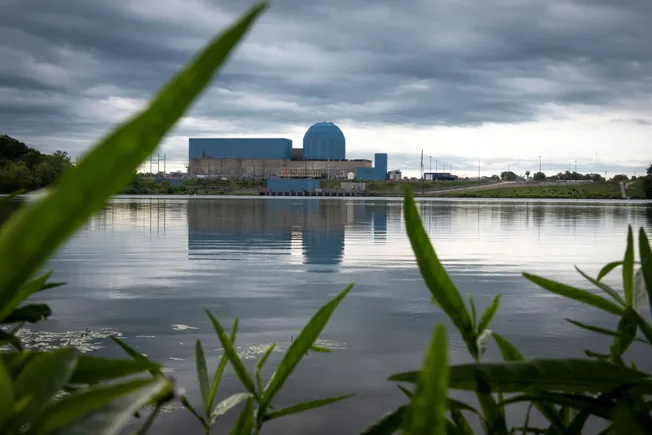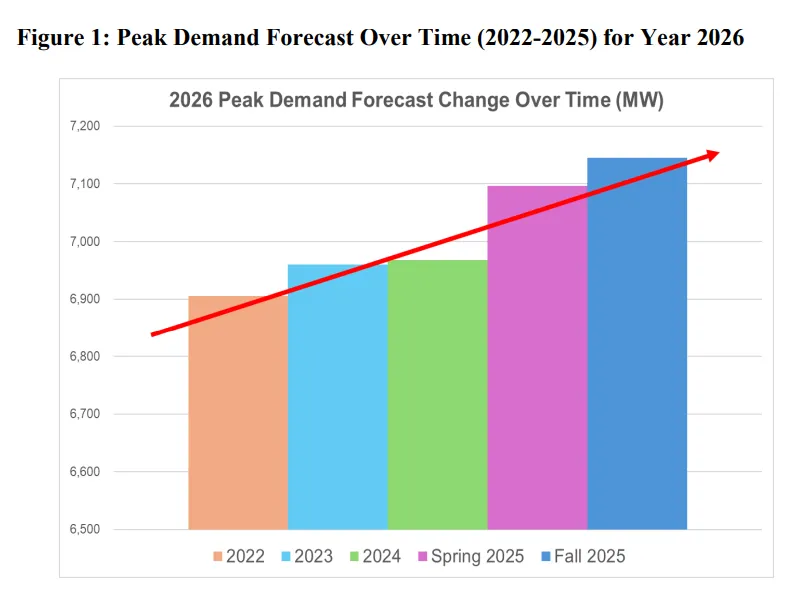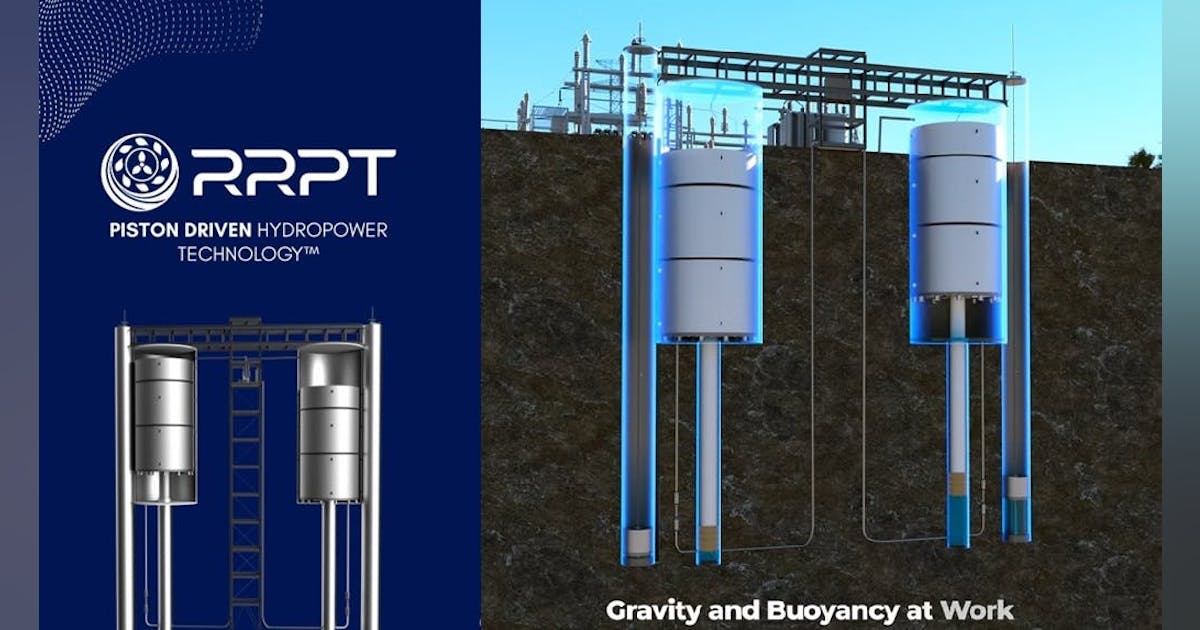
It might sound like something straight out of the 19th century, but one of the most cutting-edge areas in energy today involves drilling deep underground to hunt for materials that can be burned for energy. The difference is that this time, instead of looking for fossil fuels, the race is on to find natural deposits of hydrogen.
Hydrogen is already a key ingredient in the chemical industry and could be used as a greener fuel in industries from aviation and transoceanic shipping to steelmaking. Today, the gas needs to be manufactured, but there’s some evidence that there are vast deposits underground.
I’ve been thinking about underground resources a lot this week, since I’ve been reporting a story about a new startup, Addis Energy. The company is looking to use subsurface rocks, and the conditions down there, to produce another useful chemical: ammonia. In an age of lab-produced breakthroughs, it feels like something of a regression to go digging for resources, but looking underground could help meet energy demand while also addressing climate change.
It’s rare that hydrogen turns up in oil and gas operations, and for decades, the conventional wisdom has been that there aren’t large deposits of the gas underground. Hydrogen molecules are tiny, after all, so even if the gas was forming there, the assumption was that it would just leak out.
However, there have been somewhat accidental discoveries of hydrogen over the decades, in abandoned mines or new well sites. There are reports of wells that spewed colorless gas, or flames that burned gold. And as people have looked more intentionally for hydrogen, they’ve started to find it.
As it turns out, hydrogen tends to build up in very different rocks from those that host oil and gas deposits. While fossil-fuel prospecting tends to focus on softer rocks, like organic-rich shale, hydrogen seems most plentiful in iron-rich rocks like olivine. The gas forms when chemical reactions at elevated temperature and pressure underground pull water apart. (There’s also likely another mechanism that forms hydrogen underground, called radiolysis, where radioactive elements emit radiation that can split water.)
Some research has put the potential amount of hydrogen available at around a trillion tons—plenty to feed our demand for centuries, even if we ramp up use of the gas.
The past few years have seen companies spring up around the world to try to locate and tap these resources. There’s an influx in Australia, especially the southern part of the country, which seems to have conditions that are good for making hydrogen. One startup, Koloma, has raised over $350 million to aid its geologic hydrogen exploration.
There are so many open questions for this industry, including how much hydrogen is actually going to be accessible and economical to extract. It’s not even clear how best to look for the gas today; researchers and companies are borrowing techniques and tools from the oil and gas industry, but there could be better ways.
It’s also unknown how this could affect climate change. Hydrogen itself may not warm the planet, but it can contribute indirectly to global warming by extending the lifetime of other greenhouse gases. It’s also often found with methane, a super-powerful greenhouse gas that could do major harm if it leaks out of operations at a significant level.
There’s also the issue of transportation: Hydrogen isn’t very dense, and it can be difficult to store and move around. Deposits that are far away from the final customers could face high costs that might make the whole endeavor uneconomical.
But this whole area is incredibly exciting, and researchers are working to better understand it. Some are looking to expand the potential pool of resources by pumping water underground to stimulate hydrogen production from rocks that wouldn’t naturally produce the gas.
There’s something fascinating to me about using the playbook of the oil and gas industry to develop an energy source that could actually help humanity combat climate change. It could be a strategic move to address energy demand, since a lot of expertise has accumulated over the roughly 150 years that we’ve been digging up fossil fuels.
After all, it’s not digging that’s the problem—it’s emissions.
Related reading
This story from Science, published in 2023, is a great deep dive into the world of so-called “gold hydrogen.” Give it a read for more on the history and geology here.
For more on commercial efforts, specifically Koloma, give this piece from Canary Media a read.
And for all the details on geologic ammonia and Addis Energy, check out my latest story here.
Another thing
Donald Trump officially took office on Monday and signed a flurry of executive orders. Here are a few of the most significant ones for climate:
Trump announced his intention to once again withdraw from the Paris agreement. After a one-year waiting period, the world’s largest economy will officially leave the major international climate treaty. (New York Times)
The president also signed an order that pauses lease sales for offshore wind power projects in federal waters. It’s not clear how much the office will be able to slow projects that already have their federal permits. (Associated Press)
Another executive order, titled “Unleashing American Energy,” broadly signals a wide range of climate and energy moves.
→ One section ends the “EV mandate.” The US government doesn’t have any mandates around EVs, but this bit is a signal of the administration’s intent to roll back policies and funding that support adoption of these vehicles. There will almost certainly be court battles. (Wired)
→ Another section pauses the disbursement of tens of billions of dollars for climate and energy. The spending was designated by Congress in two of the landmark laws from the Biden administration, the Bipartisan Infrastructure Law and the Inflation Reduction Act. Again, experts say we can likely expect legal fights. (Canary Media)
Keeping up with climate
The Chinese automaker BYD built more electric vehicles in 2024 than Tesla did. The data signals a global shift to cheaper EVs and the continued dominance of China in the EV market. (Washington Post)
A pair of nuclear reactors in South Carolina could get a second chance at life. Construction halted at the VC Summer plant in 2017, $9 billion into the project. Now the site’s owner wants to sell. (Wall Street Journal)
→ Existing reactors are more in-demand than ever, as I covered in this story about what’s next for nuclear power. (MIT Technology Review)
In California, charging depots for electric trucks are increasingly choosing to cobble together their own power rather than waiting years to connect to the grid. These solar- and wind-powered microgrids could help handle broader electricity demand. (Canary Media)
Wildfires in Southern California are challenging even wildlife that have adapted to frequent blazes. As fires become more frequent and intense, biologists worry about animals like mountain lions. (Inside Climate News)
Experts warn that ash from the California wildfires could be toxic, containing materials like lead and arsenic. (Associated Press)
Burning wood for power isn’t necessary to help the UK meet its decarbonization goals, according to a new analysis. Biomass is a controversial green power source that critics say contributes to air pollution and harms forests. (The Guardian)





















